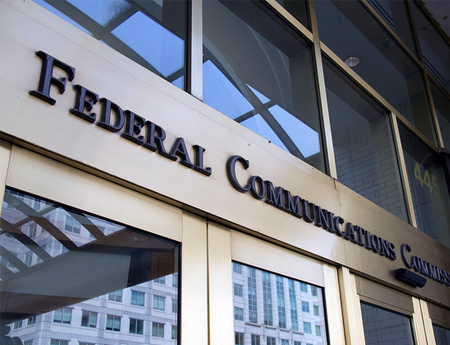FCC Won't Hold Stations ‘Harmless’ In Auction

The FCC has released the 484-page order on its broadcast incentive order and it makes clear that the FCC believes the incentive auction statute gives it great flexibility to decide how to fit broadcasters who stay in business into their smaller spectrum quarters after the auction, including defining the "reasonable" in "all reasonable efforts" to conclude it would be unreasonable to protect broadcasters at the expense of freeing up spectrum.
The National Association of Broadcasters has said the FCC needed to hold broadcasters harmless in the repack to comport with statute. The FCC disagreed. "[W]e reject NAB’s contention that section 6403(b)(2) of the Spectrum Act is a 'hold harmless' provision that requires the Commission to identify 'extraordinary' or 'truly exceptional' circumstances before altering a station’s coverage area and population served," said the commission.
The framework will be added to in further FCC actions, but the order is essentially the blueprint for the broadcast industry's spectrum future after the forward and reverse auctions, scheduled for 2015.
"We find that the statute requires that we use all reasonable efforts to preserve each station’s coverage area and population served without sacrificing the goal of using market forces to repurpose spectrum for new, flexible uses...."
"Accordingly, we do not believe the statute requires us to precisely and strictly preserve broadcasters’ coverage areas and populations served without considering the other objectives in the Spectrum Act."
The FCC said it was not making protecting broadcasters and freeing spectrum co-equals, but that it would factor in the latter when deciding how to do the former. By way of explanation, it added that it would not consider "reasonable" an effort "that would preserve broadcasters’ coverage areas and populations served, but would prevent us from repurposing spectrum."
The National Association of Broadcasters is still contemplating suing the FCC over its decision to update the OET-69 calculus for TV station coverage areas and population served. Broadcasters argue the statute creating the auctions requires using the calculation methodology in place when the legislation was passed—broadcasters pushed for language in the bill they believed made it clear that coverage areas would not be changed.
The smarter way to stay on top of broadcasting and cable industry. Sign up below
The bill says: "The Commission must make all reasonable efforts to preserve, as of the date of the enactment of this Act, the coverage area and population served of each broadcast television licensee, as determined using the methodology described in OET Bulletin No. 69 of the Office of Engineering and Technology of the Commission.”
In the just-released order, the FCC says that the new TVStudy software it is using to update the OET-69 calculations—a move backed by wireless companies eyeing broadcaster spectrum—is essentially the only way to get the repacking done. "The software previously used to implement OET-69 cannot support the incentive auction because it cannot undertake, in a timely fashion, the volume of interference calculations necessary to ensure that all stations that will remain on the air following the auction are assigned channels in accordance with the provisions of the Spectrum Act," the FCC said.
"We are currently wading through the rather lengthy order," NAB said in a statement. "As we have said consistently, our twin aims are to help ensure the best chance for auction success while holding harmless those local TV stations committed to staying in business who wish to continue serving their tens of millions of viewers."
Contributing editor John Eggerton has been an editor and/or writer on media regulation, legislation and policy for over four decades, including covering the FCC, FTC, Congress, the major media trade associations, and the federal courts. In addition to Multichannel News and Broadcasting + Cable, his work has appeared in Radio World, TV Technology, TV Fax, This Week in Consumer Electronics, Variety and the Encyclopedia Britannica.

